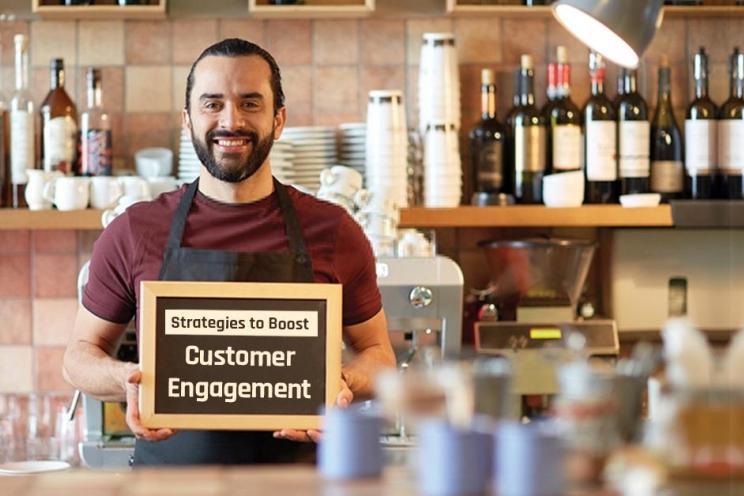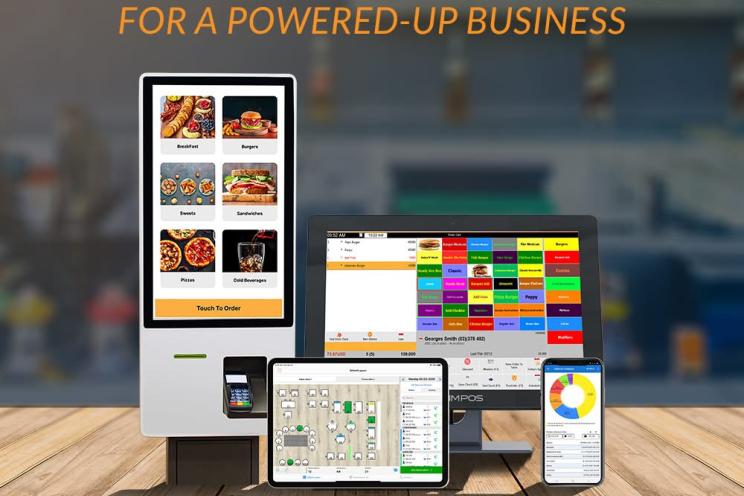
Different ways in which artificial intelligence can help restaurants
You go to a restaurant and only see robots ready to serve you. The food is prepared by robots who are well-programmed to cook your favorite meals. All you see are robots who move around and machines that process your orders.
Sounds a bit imaginary?
When we say artificial intelligence, we automatically think about robots and computers. While it’s a kind of realistic perception but AI is a lot more than that.
In 1983, the Two Panda Deli was the first restaurant to employ robots to bring orders to customers. More restaurants are using robots as waiters to take customers’ orders, bring them food and take dirty dishes back to the kitchen since the sales of these robots have slightly increased.
Of course, robots help restaurants overcome labor shortages but it’s still a long way before they can completely replace humans.
But what is artificial intelligence?
AI is the simulation of human intelligence that is processed by machines to do tasks associated with human cognitive functions. AI develops systems that apply processes related to human characteristics such as reasoning, decision-making, and learning through past experiences. Many AI machines are designed to be supervised and guided by humans to encourage desirable behaviors and discourage bad ones. Artificial intelligence works by processing data by finding patterns to the role of the machines’ behavior.
AI helps businesses to grow and flourish including restaurants especially quick service restaurants QSR that have limited meals and services. Artificial intelligence helps restaurants improve their functions and operations.
McDonald’s is an example of how fast-food restaurants can apply AI in different ways.
In 2019, McDonald’s acquired Apprente which is a voice technology firm, and applied an automated drive-thru with automated order-taking initiatives made by robots.
McDonald’s also applied order predictions through learning-based decision technology to predict menu offerings that drive sales in its drive-thru business.
So, how can restaurants benefit from applying artificial intelligence?
Cutting labor costs
Artificial intelligence automates lots of tasks from entering orders into the POS to processing payments and even offering data-based insights reducing the staff needed to perform those tasks and therefore cutting labor costs. Automated voice assistants can perform certain employees’ tasks so they can focus on other duties.
In the hospitality sector which suffers from high employee turnover and labor shortage, finding alternative ways to operate your restaurants is crucial.
Reducing errors
Human errors are more likely to occur in every task but referring to AI reduces the likelihood of errors through optimal automation of different processes.
Improving guest experience
Freeing up employees to focus and excel in tasks that AI can’t do improves customers’ experience. With AI, customers can place their orders, customize them and process the whole ordering process fast and efficiently which saves their time and increases their satisfaction.
Ways in which AI can help restaurants
AI phone answering
Making customers wait on the phone and not answering risks losing your customers to your competitors. AI phone answering technology that can make reservations and take messages and even answer commonly asked questions helps you retain your customers.
There are specific common queries that can be programmed to be answered through this technology saving customers’ time and enhancing their experience.
Self-service options
Guests are given full control over their orders when they check the menu and place their orders with the self-ordering kiosks or even their phones. They can customize their orders, benefit from offers, and pay without human intervention.
Voice ordering
Siri, Google Home, and Alexa are great examples of devices that help customers accomplish tasks through voice search that is performed by 27% of people globally and 41% of US adults.
Voice ordering is also getting popular where people can place their orders using their voice while doing other regular tasks.
Data-based insights
Beijing’s KFC branch is like no other. The outlet has adopted AI by using facial recognition to predict customers’ orders depending on their age, gender, and past orders. The kiosk suggests meals based on these captured data and gives you alternatives in case you didn’t like the suggestion.
While this technology is still in trial to check the deliverance of its promises of enhancing customer service and creating a more customized experience, but still an important step toward more artificial intelligent services provided in the hospitality sector.
McDonald’s also adopts a similar technology by studying the historical data of items ordered during rush hours in their drive-thru services to anticipate orders and reduce wait times.
Staffing and hiring
The hiring process is tricky in the hospitality sector but AI makes it less complicated by filtering your options through provided keywords that look for certain set content that best suits your job description and requirements.
It helps recruiters save their time scanning through irrelevant resumes and applications and focus on the right people.
Artificial intelligence is becoming more applicable in the restaurant sector as well as other sectors and industries. It might hold many concerns and controversies, especially regarding laying off employees and the real power and effectiveness of machines performing human tasks, but we’re definitely seeing lots of AI tools taking over designated tasks.





